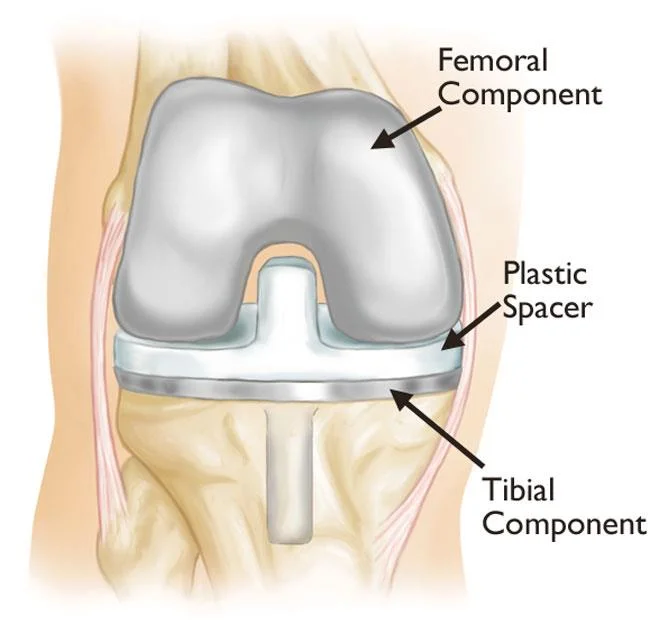What Is Robotic knee Replacement Surgery?
Robotic Knee replacement surgery is a procedure where a robotic system assists the surgeon in replacing a damaged knee joint. Using 3D imaging, the robot helps guide the surgeon for precise cuts and implant placement tailored to the patient’s anatomy. This can improve alignment, reduce tissue trauma, and lead to faster recovery compared to traditional methods.

How Does Robotic Knee Replacement Work?

Preoperative Planning with 3D Imaging
A 3D model of the patient’s knee is created using CT or MRI scans, allowing the surgeon to precisely plan the implant placement tailored to the patient’s anatomy.

Intraoperative Robotic Assistance
During surgery, the robotic system guides the surgeon, ensuring accurate cuts and implant positioning to match the preoperative plan.

Improved Precision and Recovery
Robotic guidance enhances precision, which minimizes tissue trauma, potentially reducing pain and speeding up recovery for the patient.








